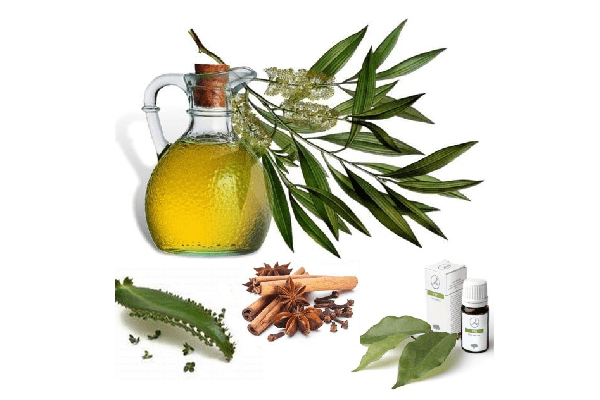Phytotherapy >>>> Herbal antiseptics
Herbal antiseptics.

Some medicinal plants contain substances that can have an antiseptic effect: phenolic compounds, tannins, essential oils, phytoncides, flavonoids and organic acids. Such plants, prepared in the form of juices or concentrated infusions, are capable of having an antiseptic (static) and wound healing effect. Not all plants - antiseptics can be used internally, many of them are designed only for external use due to the fact that, in addition to useful antiseptic substances, they can also contain toxic compounds.
Arbutin, obtained from the leaves of bearberry and lingonberry, and hydroquinone (a derivative of arbutin), obtained by hydrolysis of arbutin, have antimicrobial action from the group of phenolic compounds.
Tannins are polymeric phenolic compounds that also have anti-inflammatory and bacteriostatic effects. Tannins have anti-inflammatory and antiseptic properties due to the fact that when tannin interacts with protein structures, proteins fold, forming a protective film (albuminates), which prevents the development of the inflammation process. For antiseptic plant having tanning properties include: mountaineer snake (rhizomes), burnet (rhizomes), alder (bumps), saxifrage (rhizomes), erect cinquefoil (synonym: galangal - rhizomes), oak bark, tea leaves, leaves plantain.
Vegetable essential oils are readily soluble in ether, alcohol, oil, but insoluble in water. Easily isolated from plants with hot water or steam, but very volatile. Some essential oils have anti-inflammatory and wound healing effects: chamomile (substance - chamazulene), thyme (substance - thymol), sage (leaves), calendula (flowers), fir (needles), eucalyptus (leaves), St. John's wort (aerial part of the plant) ... The essential oils of clove and laurel trees contain eugenol, which is considered a powerful antiseptic.
Phytoncides are a group of volatile compounds with an active antiseptic effect. Phytoncides are found in such plants as garlic, onion, nettle, St. John's wort, pine, oak, birch, juniper, radish, horseradish, lichens, plantain. The composition of phytoncides and their antiseptic effect vary depending on the season, climatic conditions, and the stage of plant vegetation. When the plant is destroyed (crushed), after a few minutes (or seconds), the release of phytoncides stops. But there are plants that produce phytoncides for a long time and in the plucked form (garlic, onions).
Flavonoids, enzymes and organic acids in the juice from the leaves of Kalanchoe Degremon, aloe and plantain (seeds and aerial parts of the plant) have anti-inflammatory, anti-granulation, anti- necrotic effects.
Herbal antiseptics can be purchased at the pharmacy in the form of liquid extracts or ointments:
- Rotokan (composition: chamomile, calendula, yarrow),
- Chlorophyllipt (composition: essential oil and eucalyptus extract),
- Recutane (composition: chamomile extract),
- Tincture of calendula (composition: calendula flower extract),
- Japanese Sophora tincture (composition: Japanese Sophora flavonoids and excipients),
- Wundehil - ointment (composition: cinquefoil extract, yarrow extract, Japanese Sophora extract, calendula extract, propolis and excipients),
- Calendula ointment (composition: calendula extract and excipients),
- Altan ointment (composition: alnitanins and flavonoids from alder, birch family).

Read

Read



























